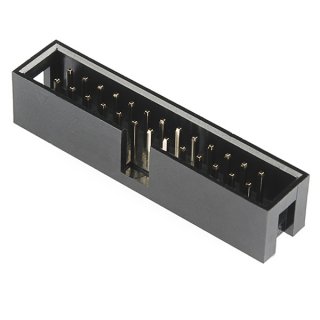AdmiralCrunch
Well-known member
I have a ton of pots and buttons connected to 14x 74HC4051's.. I often have to unplug everything, measure, solder, and re-wire the whole thing..
sometimes it happens, that a mux that is used for potentiometers only outputs me 0 ot 1 .. (?)
.. i dont't know what it is, I restart the whole thing a thousand times and somehow the mux finally outputs correct analog values..
where can this come from?
sometimes it happens, that a mux that is used for potentiometers only outputs me 0 ot 1 .. (?)
.. i dont't know what it is, I restart the whole thing a thousand times and somehow the mux finally outputs correct analog values..
where can this come from?


